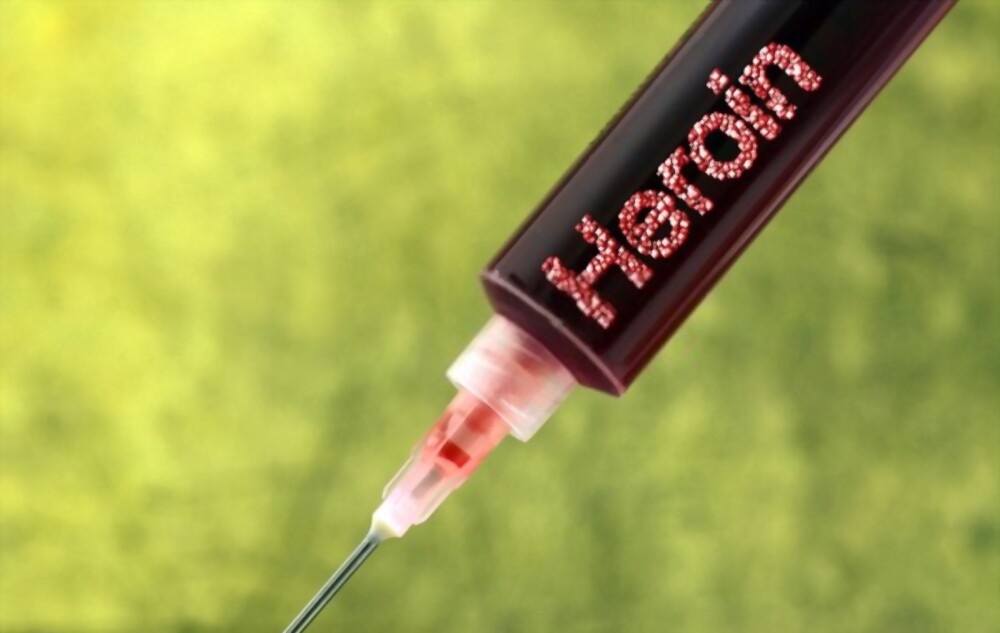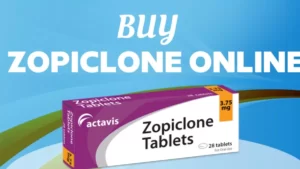Many drug users become involved in the so-called “addiction culture.” Addiction culture is a loose social network that encourages people to use drugs excessively. With the fear of withdrawal and the extent to which people addicted to illegal substances go to prevent withdrawal, they end up continuing drugs. All of these give rise to the addiction culture.
Illicit drug users have discovered innovative techniques to prevent or reduce the consequences of withdrawal in the past, allowing them to continue their illicit drug usage occasionally.
Some heroin addicts prefer methadone and Suboxone to help them cope with withdrawal symptoms.
1. Suboxone’s Pharmacology
Suboxone and Subutex are two medicines that have buprenorphine as a generic name. Buprenorphine is an opioid agonist that only partially binds to opioid receptors in the brain. Suboxone includes Naloxone, an antagonist that counteracts the effects of an agonist and allows for a more successful remedy for drug withdrawal. Suboxone is a drug that mixes buprenorphine with Naloxone in a 4 to 1 ratio. It is available in tablets, filmstrips, transdermal patches, and implants. These pills get absorbed sublingually through the mucosa and gastrointestinal tract. Buprenorphine takes a long time to dissociate from opioid receptors, allowing for a prolonged time before withdrawal symptoms appear.
The delayed disassociation from neuroreceptors allows a physician to increase doses gradually. Patients experience reduced physical withdrawal suffering.
2. Treatment for Suboxone Maintenance
Drug diversion is the recreational use of prescription medicines to alleviate withdrawal symptoms.
Buprenorphine has caused fatal outcomes when taken alone (because of its ceiling effect), but the risk of overdose increases when mixed with benzodiazepines.
You should seek professional help when you seek heroin treatment Suboxone.
Buprenorphine and Naloxone usage are popular therapy in Ireland, Australia, New Zealand, England, Finland, and the Czech Republic, according to a report.
3. Management of Opiates through Buprenorphine
During a study, certain patients had had Suboxone while others had methadone, as prescribed by any practitioner. The overarching treatment concept is harm reduction; nonetheless, urine testing for substances like marijuana was undertaken, but not regularly. Few patients asked for a lower dose of methadone to continue to use heroin. Some people on low dosages of methadone (less than 40 mg) asked for a transition to Suboxone, which was granted. One medical professional indicated that he has seen individuals cycle in and out of Suboxone therapy.
He feels that a large number of people were abusing Suboxone and methadone.
4. Harm Reduction Therapy
According to the Department of Social and Community Psychiatry in Bern, harm reduction is a therapy philosophy. They conducted a program
using a technique known as the Bernese method. For 230 patients in the program, there is no urinalysis. A practitioner instructs patients to start with 2 mg of Subutex (injectable buprenorphine) and gradually raise the dosage to 12 mg by the fifth day in combination with a level dose of heroin in this opiate maintenance method. The assumption is that using low doses of Subutex for five days will cause opiate receptors to displace without generating withdrawal symptoms.
The Bernese strategy aims to increase Subutex use while lowering heroin intake. The patient gets stabilized on a level Subutex dosage and may stop using heroin. A practitioner may evaluate the efficacy of this strategy. You may need expert help with Heroin Treatment using Suboxone.
5. Drug Misuse Culture
The culture of illicit drug abuse generates a need for diverse skills for addressing drug-abusing challenges. Drug users in this culture learn how to cope with withdrawal from illegal drugs, keep using illicit drugs, and modify their psychoactive moods with various substances. There are a variety of social groupings within the culture, each with its socioeconomic base and location. The location could be urban or rural. Ethnicity may be both an excluding and an inclusive feature of the culture. Addiction culture comes from a socioeconomic position.
Excessive drug usage is a common occurrence in today’s drug-abusing culture.
To maintain a habit, as much as the substance of choice, enmeshes the user in the culture of addiction. It is vital to manage one’s habits to operate daily.
Suboxone consumption may link to a long-standing habit and attitude toward polydrug use.
Polydrug usage combined with various doses and types of illegal substances is a method of achieving psychoactive states. Opiates combined with cocaine have long been a favorite of drug addicts. Suboxone is tempting to many chronic illicit drug users who want to manage their addiction. It may lower the expense of supporting illicit drug usage in some circumstances.
If you see someone having a fixed-dose combination (FDC) of multiple illicit substances, in essence, opiates and cocaine, or a random mixture of alcohol and pills, seek professional help immediately. Their next day could be the last.
You may need a professional for Heroin Treatment Suboxone.
6. Illicit Drug Dependency Management
Patients interviewed in a harm reduction context do not adequately reflect Suboxone patients throughout the spectrum of drug maintenance treatment programs, nor do they represent Suboxone patients in the harm reduction facility. The number of responders recruited was severely limited due to time and money. There was difficulty locating past Suboxone users who were reentering maintenance therapy.
This information may help you know why to seek expert help when you go for drug abuse treatment.
Conclusion
Harm reduction as a health movement is critical for addressing the negative consequences of illicit substance addiction and offers a compassionate and health-conscious approach to drug treatment. People in harm reduction and other treatment modalities are not uncommon to cycle in and out of treatment three or more times a year.
A typical aspect of heroin addiction is the stopping and starting of therapy. People frequently enroll in drug treatment programs in steps, such as methadone maintenance, therapeutic communities, 30-day detoxification, and 12-step and outpatient programs. Harm reduction programs address the common practice of cycling in and out of treatment programs.
You can visit the website of Cooperative Recovery if you want to know more or contact professionals.
























+ There are no comments
Add yours